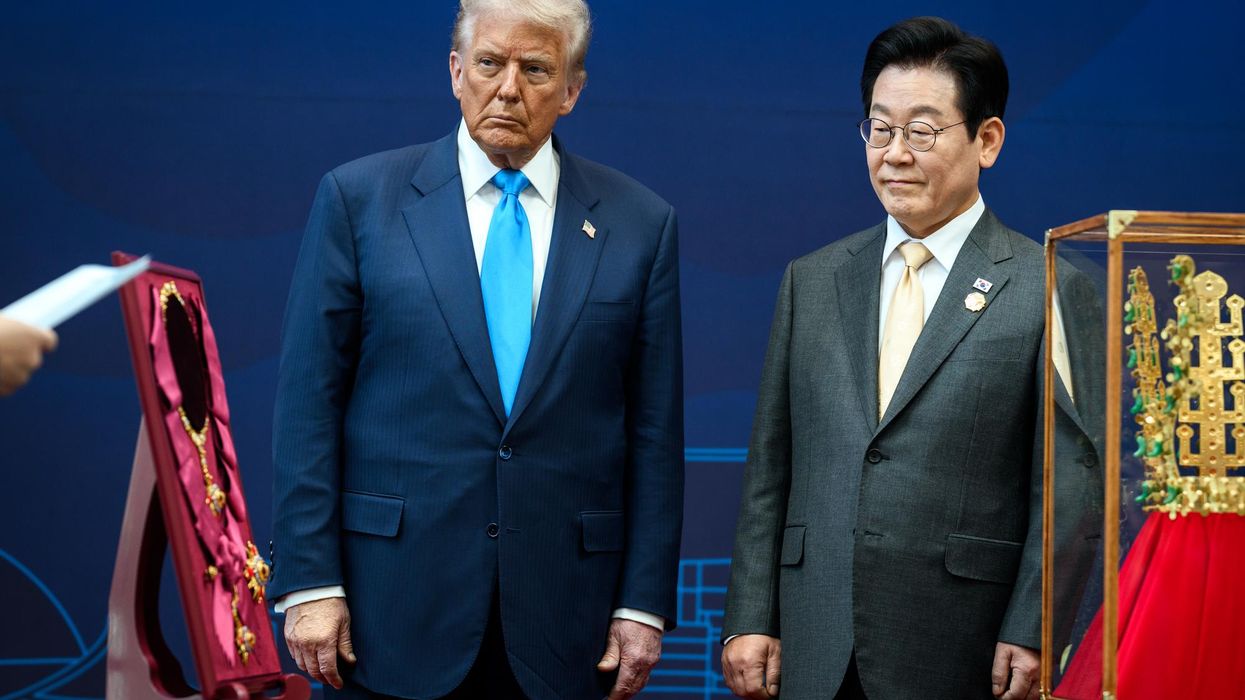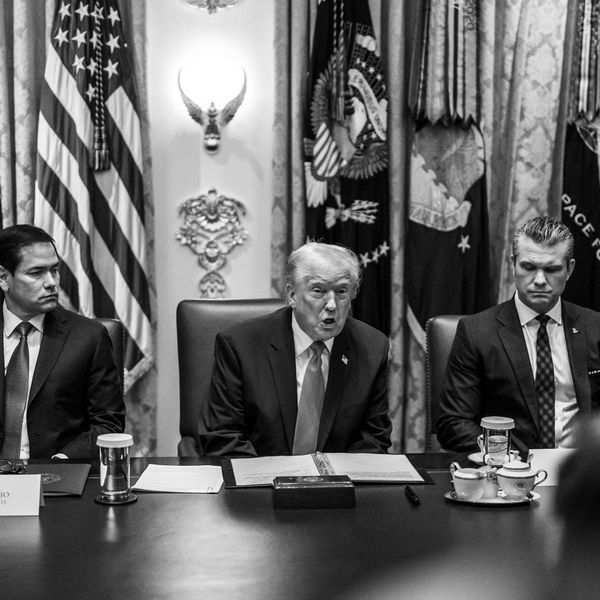U.S. Secretary of defense Pete Hegseth's speech at this year’s Shangri La Dialogue, the biggest defense meeting in Asia, demonstrated major continuities in U.S. security policy in the Indo-Pacific, but also some significant shifts.
The former will not help de-escalate current tensions, but the latter will be welcomed by Asian states.
First, the good news. The Defense Secretary made it clear that the United States no longer subscribes to its past "moralistic, preachy approach" and will set aside ideology and culture as issues in the region. Notably he also spoke of President Trump as a man of peace and promised that the United States does not seek to encircle or change China, and will not act recklessly.
These will likely be welcomed by Asian states. Intruding into domestic politics and trying to rewire internal governance of other states has not worked well for the United States in the past. It will work even less well in a post-unipolar age that we are entering.
Hegseth also asserted the United States is an Indo-Pacific power and will not leave the region. This is a reality that China needs to accept — America counts one state and several territories in the Pacific and is an integral part of its political geography. Hegeseth's assertion that Europe should focus on Europe (so that the United States can focus more on Asia) was a positive departure from past U.S. policy, which has tried to create an international coalition to counter China. Such an expansive coalition feeds into China’s worst fears of the world ganging up against it.
But the Defense Secretary also clearly identified Beijing as the biggest threat in the Indo-Pacific, speaking of a “shield of deterrence” and telling assembled Asian defense leaders that “China seeks to intimidate you in your own waters.” He asserted a commitment of resolutely defending the first and second island chains (which include Taiwan) through an approach of preparing for war to ensure peace, and warned China that "any attempt to change the status quo by force or coercion" was "unacceptable."
This was very similar to the rhetoric of previous U.S. administrations. There was no mention of the possibilities of detente, nor of cooperation with China on de-escalating tensions or on solving global security problems such as piracy and organized crime. These remain under-explored opportunities, waiting for an administration willing to take that road.
A deterrence-heavy strategy has not worked so far in the Indo-Pacific. For example, as Washington has worked closely with Manila to focus almost exclusively on deterrence and ramped up the U.S. military footprint in the archipelagic nation, Chinese intrusive actions in the South China Sea have only become bolder.
Hegseth's implicit recommendation in his speech of a 5% of GDP target for Asian allies and partners on defense spending will find few takers in Southeast Asia. Though states such as Indonesia and the Philippines are pushing hard to modernize their militaries, these Global South states have urgent domestic needs of ending poverty and building infrastructure and industry that will typically override other demands.
While Hegseth properly paid glowing tributes to Singapore’s stunning success and the legacy of its founder-leader Lee Kuan Yew, Southeast Asian states would have noted that there was practically no reference to ASEAN in the speech. This regional organization which includes all Southeast Asian states has, for several decades, trailblazed an approach grounded in integration and cooperation. Singapore and other ASEAN member states strongly push the idea of “ASEAN centrality” in the region.
Almost all Southeast Asian states also see engagement rather than deterrence as the primary tool for solving regional challenges such as the rise of China.
- War with China over Taiwan won't end well for anyone ›
- Is US-Philippines defense pact like being 'shackled to a corpse'? ›
- Pushing East Asia to hike defense could boomerang on Wall Street | Responsible Statecraft ›
- Hegseth: 'Defense' is out, 'killing people and breaking things' is in | Responsible Statecraft ›
















